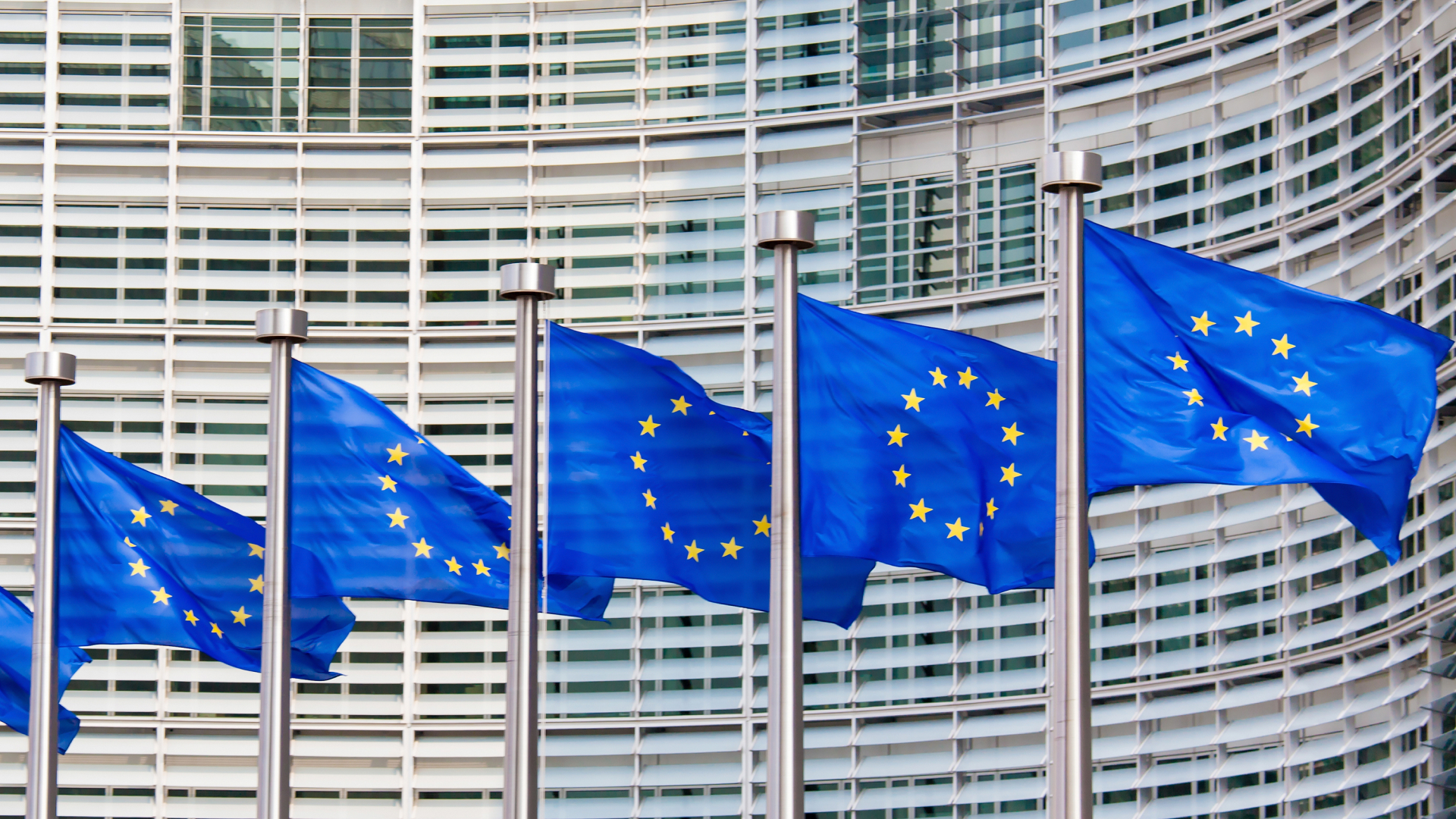Profits at US aerospace and defence contractor Raytheon soared as it sold more jet engines, parts and after-market services to airlines in 2022 amid high air travel demand worldwide.
The results followed robust sales of fighter jets, helicopters and missiles, including the type of rockets being sent to the Ukrainian army, helping revenues at Lockheed Martin, which beat Wall Street expectations in the fourth quarter.
Operating profit at Raytheon’s jet engine division Pratt & Whitney increased by 127 per cent to $306mn from the same period in the previous year on higher commercial after-market sales. Revenue at Pratt & Whitney rose by 10 per cent to $5.65bn, driven by a 37 per cent increase in commercial original equipment components.
Lockheed reported revenue of $19bn for the final quarter of last year, up more than 7 per cent from $17.7bn during the same period of 2021. Earnings per share fell to $7.40 from $7.47 as the company took $129mn in charges, mostly $100mn in its helicopter business for severance costs and asset impairment.
While sales of Raytheon’s missiles increased by 6 per cent to $4.1bn in the quarter, profits fell 23 per cent owing to inefficiencies and a charge from a divestiture. Raytheon’s missiles include the Stinger and Javelin, the latter of which is co-produced with Lockheed Martin and played a crucial role at the start of the war in Ukraine.
Lockheed’s quarterly sales boost was driven by $275mn in net sales of the group’s marquee F-35 fighter jet programme and $260mn for various integrated warfare systems and sensors.
Also adding to the top line was $115mn for tactical and strike missiles, including the guided multiple launch rocket systems that Ukrainian troops have been firing out of high mobility artillery rocket system (Himars) to beat back Russian forces.
Credit: Source link














